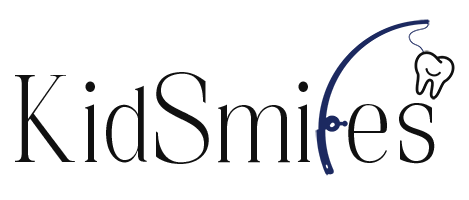Your Child's First Teeth
A Guide to Early Dental Health
Ensuring your child’s dental health from the start sets the foundation for a lifetime of healthy smiles. Establishing a “Dental Home” by your child’s first birthday is recommended by the American Academy of Pediatrics, the American Dental Association, and the American Academy of Pediatric Dentistry. This proactive approach ensures your child receives appropriate preventive and routine oral health care.

When Will My Child Start Getting Teeth?
Teething varies among children, but typically, the lower front teeth emerge between 6 to 8 months of age. Early or late teething is normal, and each child develops at their own pace. See “Eruption of Your Child’s Teeth” for more details.

Preventing Baby Bottle Tooth Decay
Baby bottle tooth decay occurs when infants are frequently exposed to sugary liquids like milk, formula, or fruit juice. To prevent this, avoid putting your child to bed with a bottle containing anything other than water. After feedings, gently wipe your baby’s gums and emerging teeth with a damp washcloth to remove plaque.
After each feeding, wipe the baby’s gums and teeth with a damp washcloth or gauze pad to remove plaque. The easiest way to do this is to sit down, place the child’s head in your lap or lay the child on a dressing table or the floor. Whatever position you use, be sure you can see into the child’s mouth easily.
Transitioning from Sippy Cups
Sippy cups are useful for transitioning from bottles to regular cups. However, they should be discontinued by your child’s first birthday. If used beyond this age, fill them only with water to prevent prolonged exposure to sugary liquids, which can lead to tooth decay.
Establishing a Positive Dental Routine
Making dental visits enjoyable and positive helps your child develop a healthy attitude toward oral care. Use positive language and avoid terms that might cause unnecessary fear, such as “needle,” “pull,” “drill,” or “hurt.” Instead, describe dental visits as fun and important for keeping their smile healthy.

